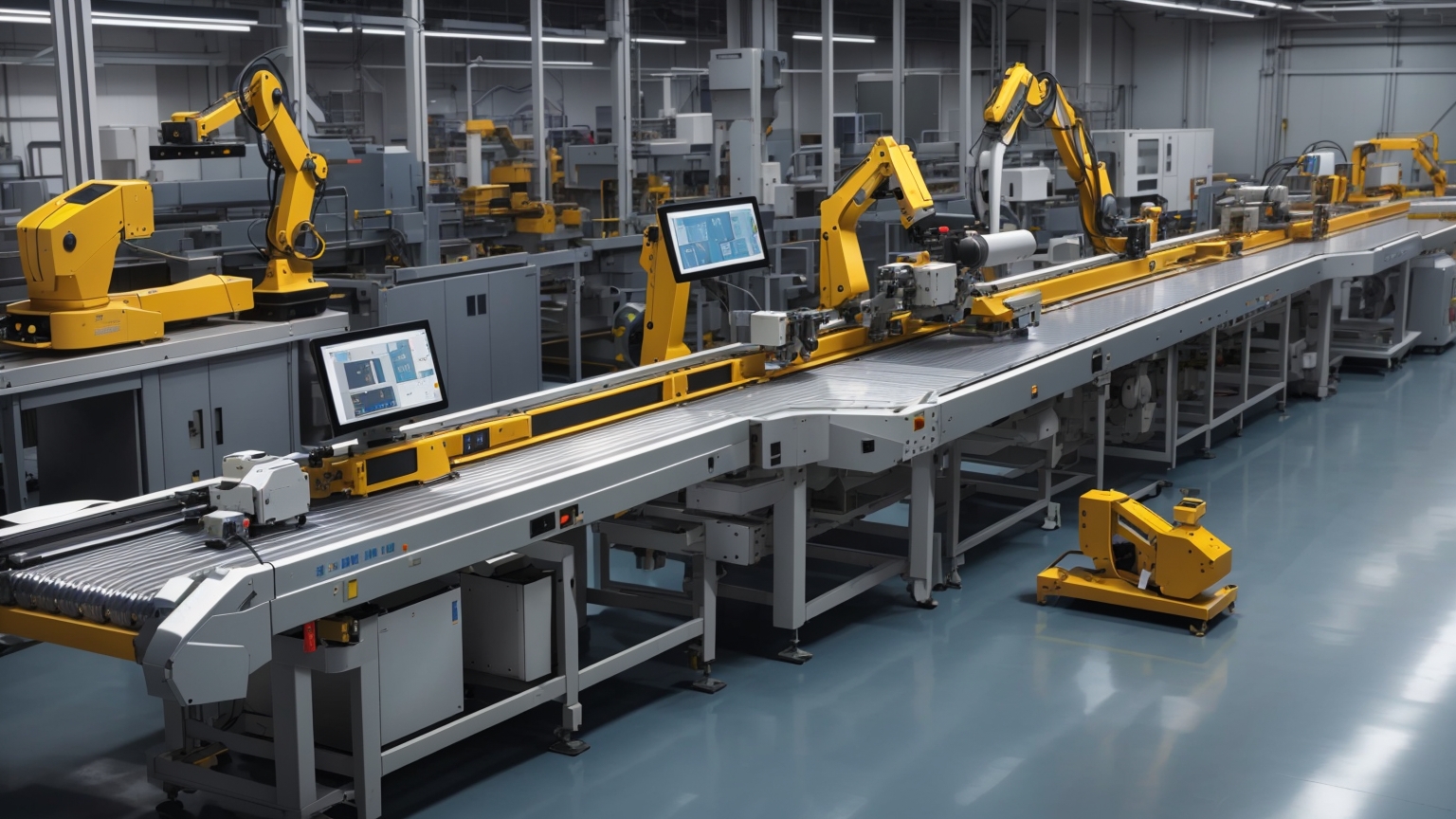Machine Vision in Manufacturing: Quality and Efficiency Enhancement

With the advancement of technology and an increase in production volumes, ensuring high product quality and process efficiency has become a vital issue. In this context, machine vision technologies are finding an increasingly wide application in the manufacturing industry.
Machine vision is a field that involves methods of capturing and analyzing images with the aim to automate manufacturing tasks or improve the accuracy of visually-dependent processes.
Application of Machine Vision in Manufacturing
The primary aim of applying machine vision technologies in manufacturing is to enhance quality and productivity through the automation of visual inspections and measurements.
- Product Quality Control: Machine vision systems automate the quality control process, enhancing its accuracy and speed. They can detect defects and shortcomings that may not be visible to the human eye, such as microscopic cracks, irregularities, or color deviations.
- Production Process Management: Machine vision enables the automation of many processes previously requiring human intervention. For instance, machine vision systems can supervise robotic work zones, perform product sorting based on different parameters, oversee proper packaging, and more.
- Efficiency Improvement: Implementing machine vision allows for productivity increase due to automation and process acceleration. Thanks to fast and accurate data analysis, machine vision systems help reduce error checking and correction time, minimize defective product output, enhance assembly line speed, etc.
Machine Vision Technologies
Various machine vision technologies are utilized depending on the task. They include image capturing systems (cameras, scanners), image processing (object detection, texture analysis, pattern recognition), as well as machine learning algorithms for data analysis and interpretation.
One of the most significant aspects of applying machine vision in manufacturing is the possibility of integration with other systems such as Manufacturing Execution Systems (MES), Supervisory Control and Data Acquisition (SCADA), and Enterprise Data Management (EDM). This allows for comprehensive production management systems where visual inspection and data analysis are key components.
In conclusion, machine vision technologies are a vital tool for improving manufacturing processes. They allow for product quality enhancement, process efficiency increase, and production cost reduction. However, like any other technology, machine vision requires a thoughtful approach to implementation and usage, as well as continuous knowledge and skill upgrading.




